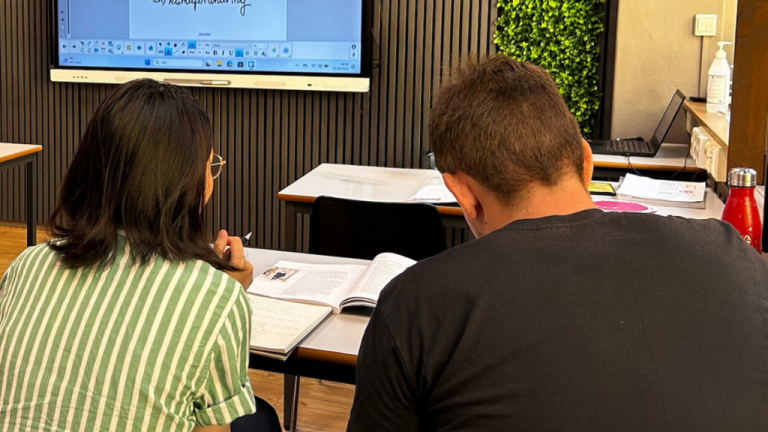A Guide to Norwegian Dialects
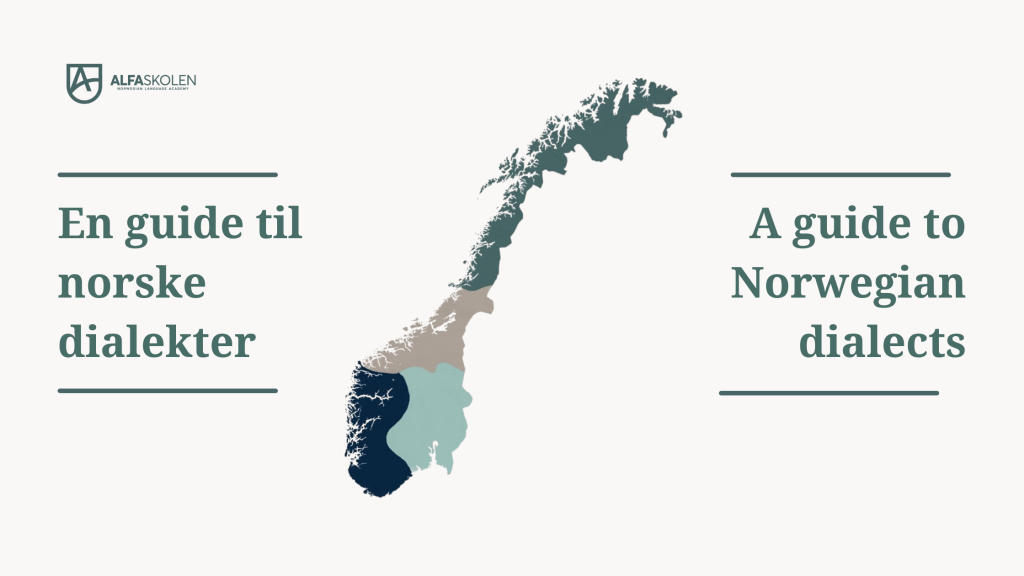
Do you find yourself fascinated by the diverse variations of the Norwegian language? You are not alone! With even Norwegians sometimes struggling to understand each other’s dialects, it can be challenge for expats to find their way in Norway’s linguistic landscape. If you’re wondering how the many dialects of Norway differ from each other, and which might be easier to understand, read on!
Geographical influences
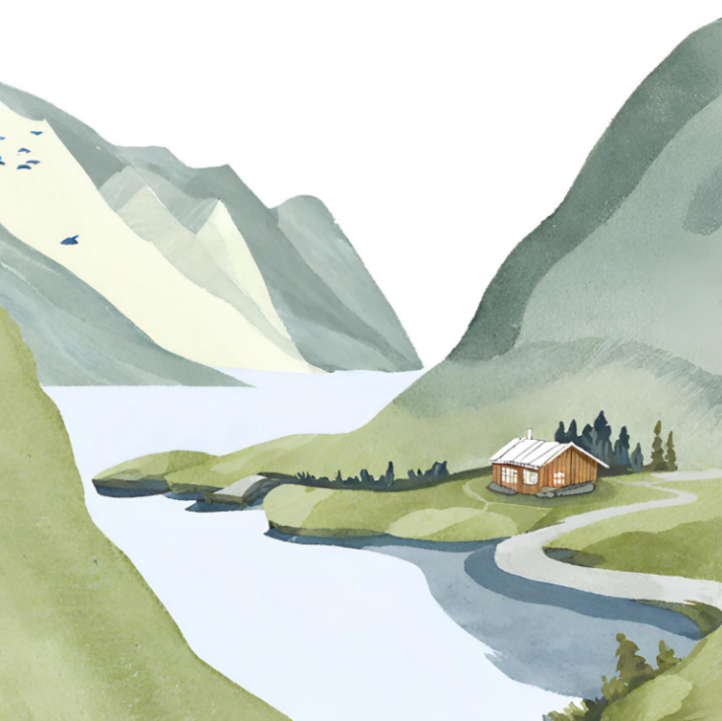
To begin exploring the various dialects of the Norwegian language, it can be helpful to notice the geographical landscape that Norway is known for. With wide mountain ranges and deep valleys surrounding beautiful fjords, several coastal communities relying on ferries to travel to the mainland, and a low population density, it has not always been easy for Norwegians to come together with those from surrounding regions. With all these different groups of people being isolated from each other, dialects were allowed to flourish, making it difficult to estimate how many dialects we have. The changes in language also happen across very small distances.
For example, between two areas in Romsdalen (Western Norway), there is a roundabout that marks a change in how you refer to yourself based on whether you turn left or right!
From North to South
Let’s have a look at the general Norwegian dialect groups and written standards, as well as where they can be found. We’ve also included some examples of cities where you can hear each dialect. To hear some of the dialects, we recommend finding interviews with the people from each area!
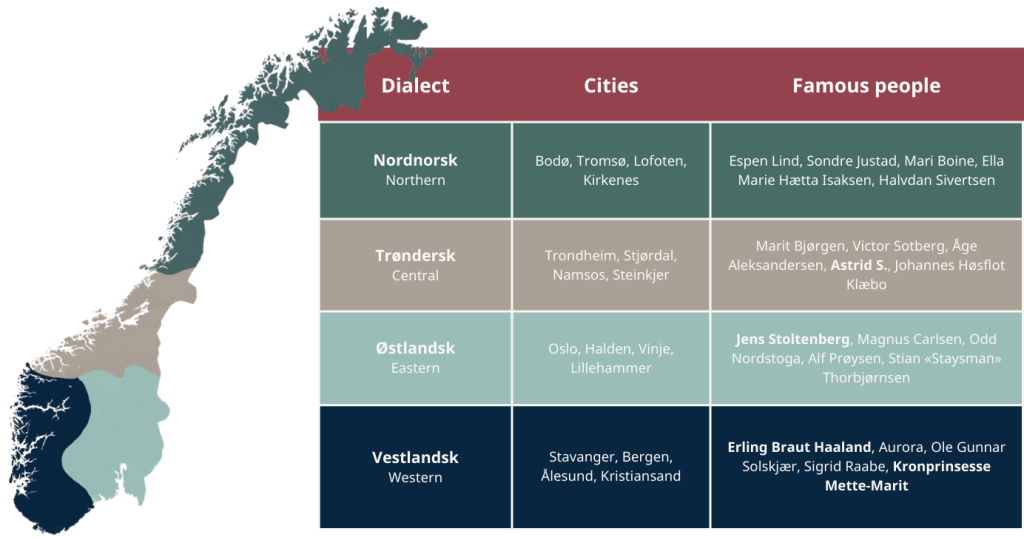
Did you know?
Norwegian Bokmål and Norwegian Nynorsk: not dialects but written standards. Bokmål stems from the Danish written language, as Norway has earlier been occupied by Denmark, and is used all throughout Norway. Nynorsk is more heavily based on all the different local dialects in Norway and is most strongly represented in the Western parts of Norway.
Big differences over short distances
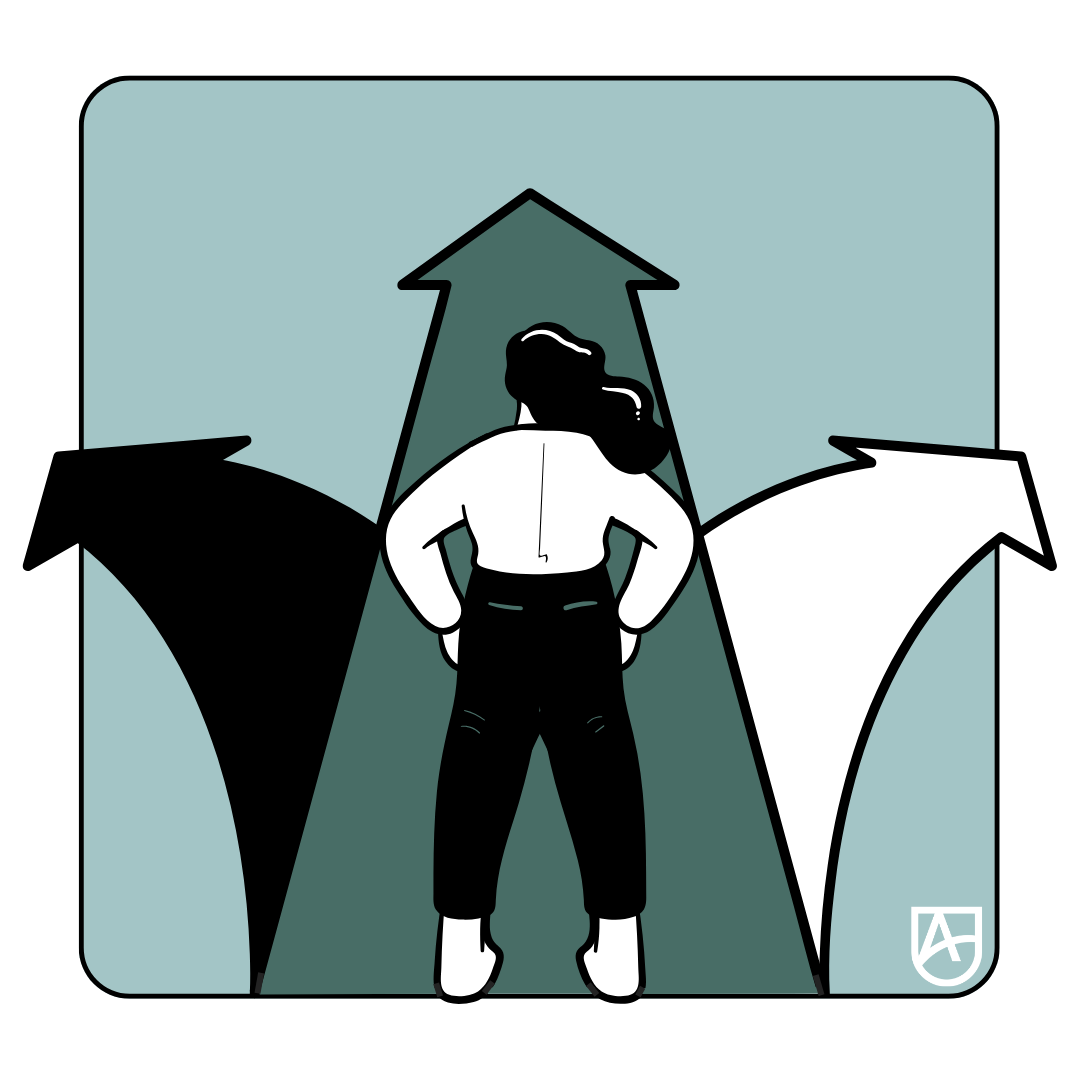
Now that we have found the different dialect groups on the map, what makes them different from each other? First and foremost, we can take the example posed earlier: a roundabout that marks the change in how you refer to yourself, based on if you turn right or left.
When looking at the Norwegian written language, and the one used most often when learning Norwegian (Bokmål), the first-person singular pronoun is “jeg”. This is also used in several of the Eastern Norwegian dialects.
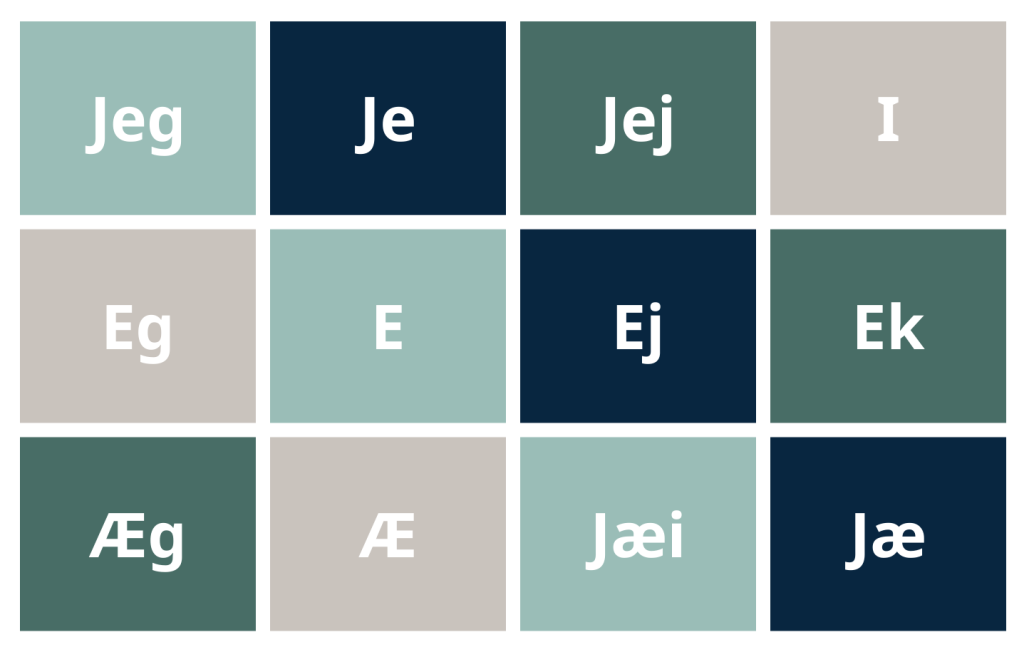
A Coastal Journey
Now that you’ve seen an example of a clear change over a short distance, let’s watch a video that demonstrates how the Norwegian dialects would change if you were to travel along the coastline.
- Changes in speed (is he speaking fast or slow?)
- Mumbling?
- Hard or soft consonants?
- Use of “jeg”, “eg”, “æ”, and so on.
See if you can understand what is being said, and which dialects you can understand easier!
How was that? Which part of the country was easier to understand, and which seemed near impossible?
What is the most difficult / easiest Norwegian dialect?
Most likely the eastern Norwegian dialects, like the one spoken in the capital of Oslo, was easier to understand. This is the dialect which has earlier been the sole dialect used on TV and in radio, while the other dialects have gotten more space in Norwegian media over the last 20 years. This is also the dialect that most resembles bokmål, the written standard that is used in the majority of textbooks used for learning the Norwegian language.
Visste du?
Children with other dialects than Eastern Norwegian, often switch to the “Oslo-dialect” when role-playing. Most likely, it is because they’re used to hearing it on TV. Read about this phenomenon here.
So, if østlandsk, or the Oslo-dialect, is the easiest dialect to understand, what dialect is the most difficult?
When it comes to which dialects are more difficult to understand, there isn’t really a straight answer. If you type into google “most difficult Norwegian dialect”, you’ll see several forum and opinion sites, as well as sites for learning Norwegian, all nominating a different dialect as being the hardest to understand.
What might be difficult is switching between two very different dialects. One example would be speaking to a person in Stavanger, then switching to a person from Ålesund. That could give your head quite the spin! Go back to Rune’s travel along the coast and compare the dialects from Stavanger and Ålesund. Pretty different, right?
How to Navigate Norwegian Dialects
To end us off, her are some practical tips for expats in Norway to communicate effectively with different Norwegian dialects:
- Dialect immersion and active engagement: Engage actively with locals, observe dialect nuances, and seek clarification during conversations. This immersion helps you understand and appreciate regional dialects.
- Embrace local phrases: Begin by learning local phrases to connect with the culture. Use standard Norwegian (østlandsk/bokmål) as a communication bridge when dialects pose challenges. Here are some examples:
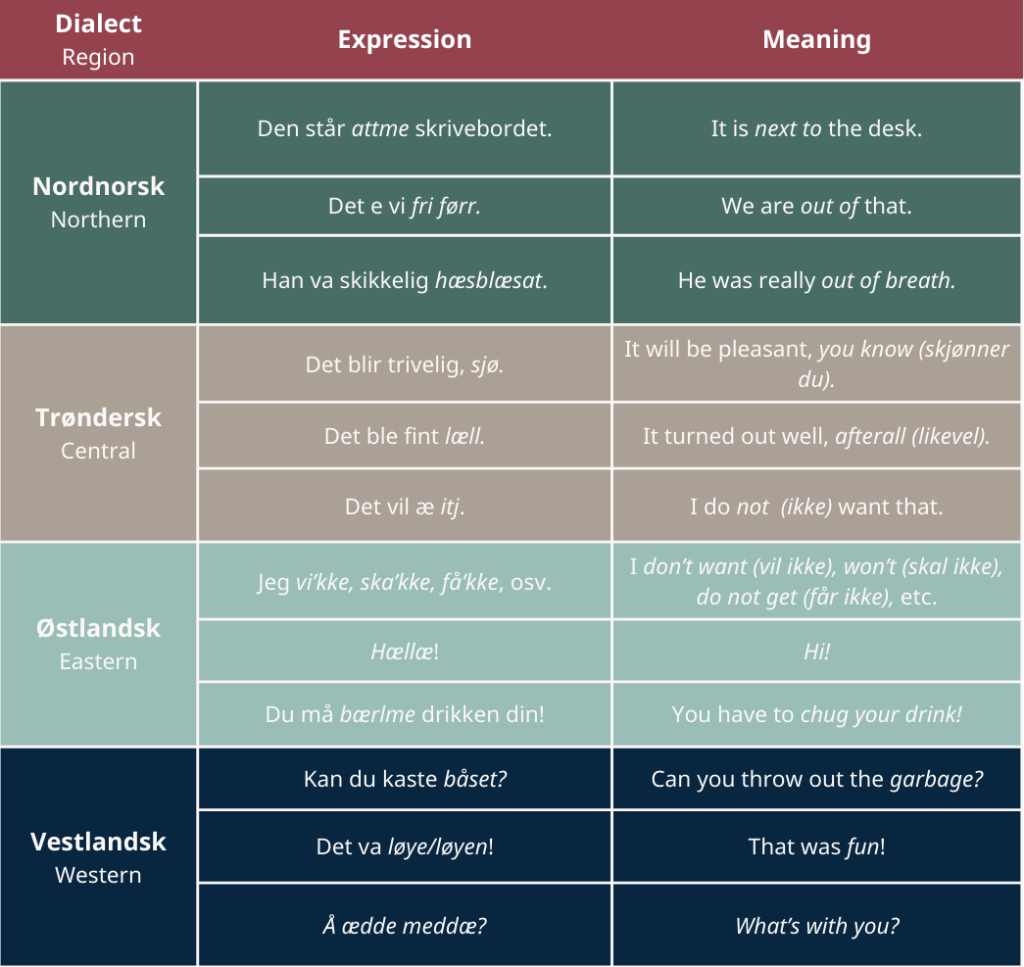
- Practice and Media Exposure: Practice adapting to local dialects, join language events like Alfaskolens language café, and immerse yourself in local media like TV shows and podcasts to familiarize yourself with accents and expressions. One of our recommendations is «Vikingane», with a Norwegian version on NRK TV and an english version (Norsemen) on Netflix, with both versions using norwegian dialects!
Written by Lisa Ovidia Knardal, course consultant and dialect enthusiast.
Tags:
